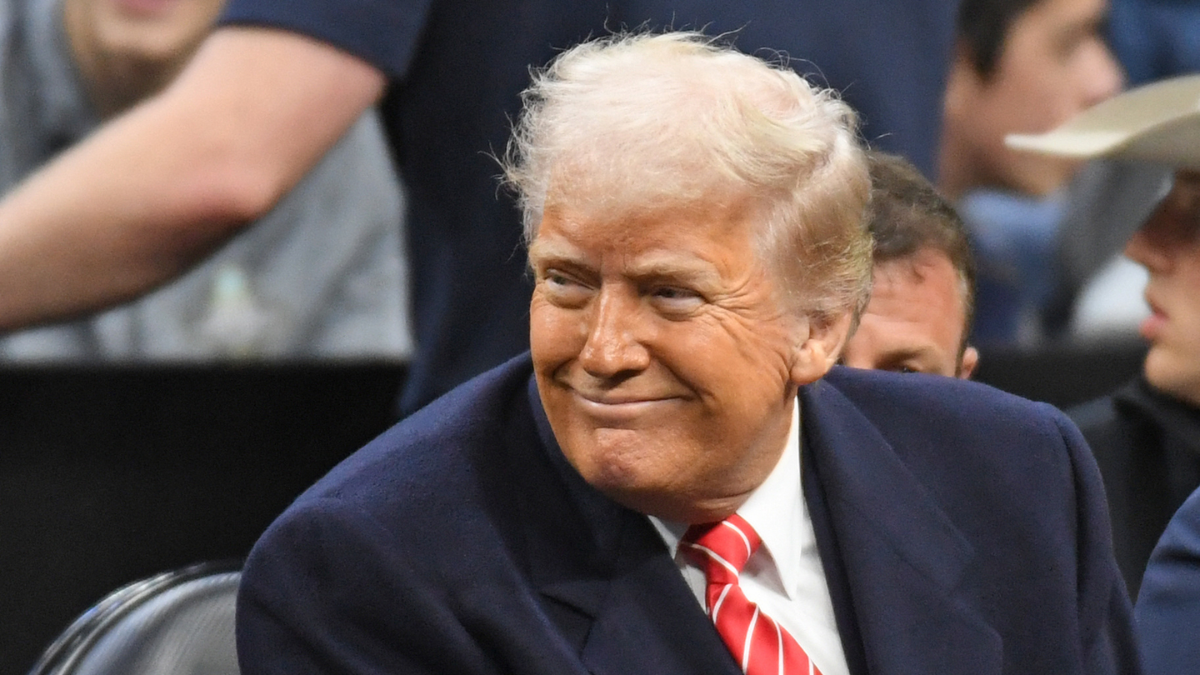During Donald Trump’s presidency, the U.S. tourism industry faced one of its most significant declines in history. A loss of $60 billion in tourism revenue marked a sharp downturn for an industry that contributes heavily to the nation’s economy.
This article delves into the factors contributing to the collapse of tourism under Trump and examines the long-lasting impacts of these changes on the industry and local economies.
1. Declining International Tourist Visits
One of the primary factors in the tourism collapse was a dramatic decrease in international tourist visits. Under Trump, many of his administration’s policies, such as the travel ban, anti-immigration rhetoric, and the “America First” stance, created an environment that made the United States less welcoming to foreign tourists.
The travel ban, which restricted entry from several predominantly Muslim countries, was particularly damaging. It not only affected travelers from those nations but also created a perception that the U.S. was becoming increasingly hostile to foreign visitors.
This, in turn, led to a decline in the number of international tourists coming to the U.S., particularly from key markets like Europe, Asia, and the Middle East.
2. Anti-Immigrant Rhetoric and Its Impact on Tourism
Trump’s rhetoric surrounding immigration also contributed to the drop in tourism. Negative portrayals of immigrants and the focus on building a border wall created an environment of fear and uncertainty.
Many potential tourists, particularly from countries with large immigrant populations, opted to visit other destinations rather than face the potential challenges of navigating U.S. immigration policies.
This sentiment was especially prevalent among tourists from Latin America, Africa, and certain parts of Asia, who felt unwelcome under the Trump administration. As a result, the U.S. saw a drop in the number of visitors from these regions, contributing to the $60 billion loss.
3. The Global Pandemic and Its Exacerbating Effects
While Trump’s policies played a significant role in the tourism downturn, the global COVID-19 pandemic further exacerbated the situation.
As the pandemic spread, international and domestic travel came to a near halt. The Trump administration’s handling of the pandemic, including its downplaying of the virus and delays in enacting critical travel restrictions, led to prolonged uncertainty.
The collapse of international tourism was compounded by the shutdown of major tourist attractions, the closure of international airports, and stringent health protocols that discouraged travel.
The impact was felt most significantly in major U.S. cities that rely heavily on tourism, such as New York, Los Angeles, and Orlando. As businesses struggled and jobs in the hospitality sector were lost, the broader economy also took a hit.
4. The Financial Impact on Local Economies
Tourism is a significant driver of local economies across the United States, particularly in states like Florida, California, and Nevada. In 2019, prior to the pandemic, the U.S. tourism industry generated approximately $1.9 trillion in total economic output, supporting millions of jobs in the hospitality, retail, and transportation sectors.
The loss of $60 billion in tourism revenue during Trump’s presidency was felt most acutely at the local level, where businesses dependent on tourist traffic were forced to close or scale back operations.
Cities like Las Vegas, known for their tourism-driven economy, experienced massive revenue losses. The cancellation of major events, such as conferences, sports tournaments, and conventions, further damaged the tourism-dependent industries. Similarly, states that rely heavily on international visitors, such as Hawaii and New York, saw their tourism numbers plummet, leaving a vacuum that was difficult to fill.
5. The Long-Term Effects on U.S. Tourism
The effects of Trump’s policies on U.S. tourism are still being felt today. Even as international tourism begins to recover post-pandemic, many of the structural issues caused by the previous administration continue to impact the industry.
Perceptions of the U.S. as an unwelcoming destination, combined with ongoing concerns about immigration policies, have led many potential tourists to choose other countries as their vacation destinations.
In addition, the global competition for tourism dollars has intensified. Countries around the world have adapted their policies to attract tourists, while the U.S. lags behind in its efforts to rebuild its tourism infrastructure. For instance, countries like Canada and Mexico have ramped up their tourism promotions to capitalize on the U.S.’s decline in visitors.
The Trump administration’s approach to tourism was a mix of isolationist policies, economic protectionism, and a lack of emphasis on tourism as an economic driver. The tourism sector, once a cornerstone of the U.S. economy, is now left grappling with the long-term effects of these policies.
6. A Path Forward for U.S. Tourism
While the loss of $60 billion in tourism revenue under Trump was significant, there is still hope for recovery. The Biden administration has already signaled a more open and welcoming stance toward tourism.
Efforts to restore the U.S.’s image as a global tourism hub, such as lifting travel bans, easing visa restrictions, and promoting American tourism abroad, are steps in the right direction.
In addition, as the global tourism industry recovers from the pandemic, the U.S. can leverage its world-class attractions, natural beauty, and cultural landmarks to draw back international visitors. However, rebuilding trust and interest in U.S. tourism will require a concerted effort from both the government and the private sector.
Conclusion: The Road to Recovery
The collapse of U.S. tourism under Trump, marked by a $60 billion loss, has had long-lasting effects on the industry. While the pandemic exacerbated the situation, Trump’s policies, particularly his anti-immigrant rhetoric and travel bans, significantly contributed to the decline.
Moving forward, the U.S. must focus on restoring its image as a welcoming, diverse, and vibrant destination for tourists from around the world. With the right strategies, the U.S. tourism industry can recover and regain its status as a global leader in travel and tourism.
For more information on U.S. tourism and economic impact, visit Statista.
Disclaimer – Our team has carefully fact-checked this article to make sure it’s accurate and free from any misinformation. We’re dedicated to keeping our content honest and reliable for our readers.
